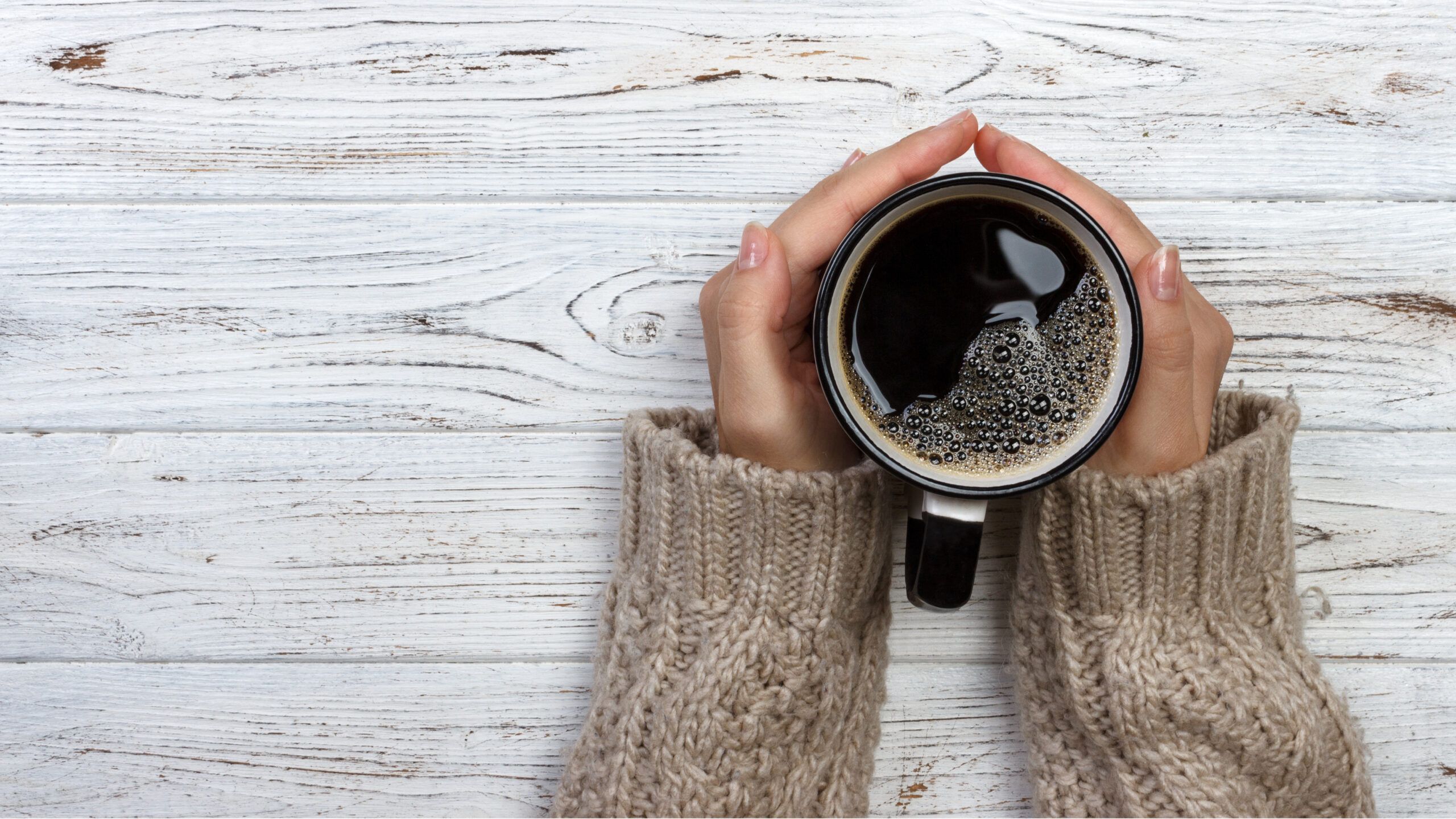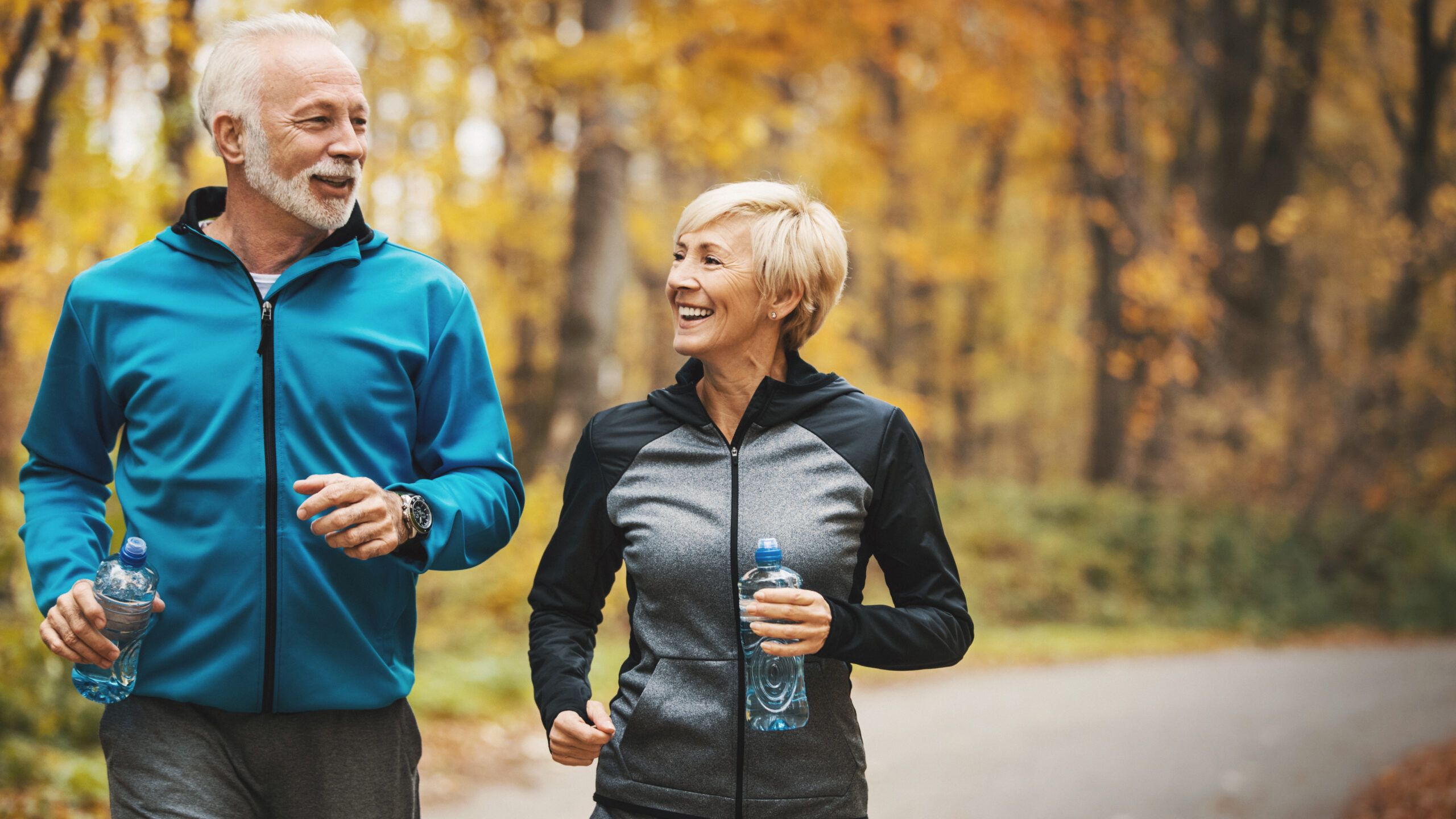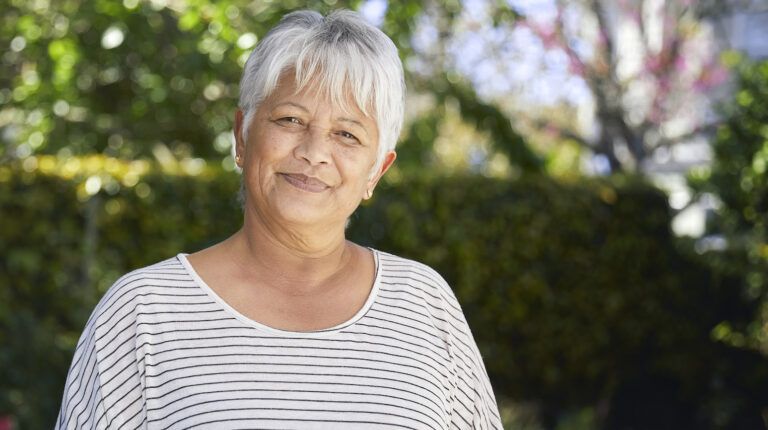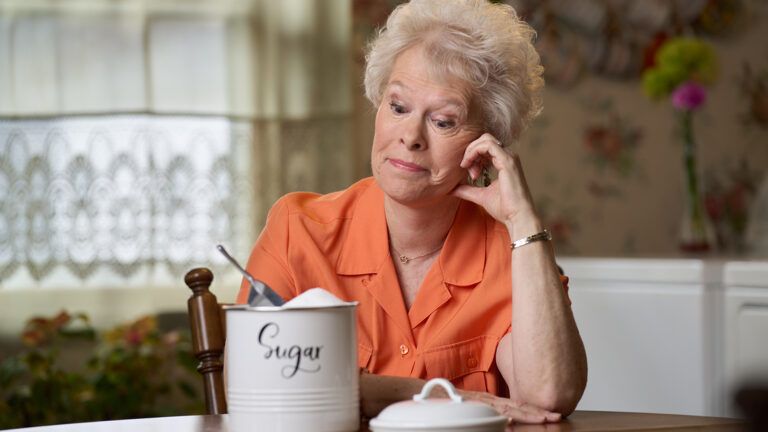We all know that exercise is a guaranteed way to help you live a longer, healthier life, but did you know that you could accomplish that goal without even breaking a sweat?
According to a study from the Journal of the American Geriatrics Society, published last year, 30 minutes a day of light exercise is all it takes to reap health benefits. The study, which surveyed 6,000 women aged 65-years and older, intended to answer one simple question: How much exercise is enough to improve a person’s life expectancy?
Researchers had women wear activity-tracking accelerometers for seven days as they went about their normal routines, following up with them over the course of three years. The results? Researchers discovered that women who enjoyed 30 minutes of light exercise daily were 12% less likely to die early, compared to those who got less. Women who got 60 minutes of moderate exercise daily were 39% less likely to die early.
The good news here lies in the kind of exercise the women were getting. For most, gym memberships and marathon training just aren’t plausible. Illness, injury, a lack of funds and time, all of these can affect the kind of workout plausible for people looking to stay healthy. The women in this study weren’t hitting the treadmill or taking a spin class, they were doing everyday activities, like taking out the trash, walking up the stairs, doing laundry, or going on a grocery run. These kinds of exercises more than 55% of older adults’ daily activity according to the study’s author, Andrea LaCroix, professor of family medicine and public health at the University of California San Diego, but most people just don’t view them as physical enough when discussing physical activity.
“The paradigm needs to shift when we think about being active,” LaCroix says. “We’ve always been told that this type of activity isn’t enough to do you good. But what we have here is solid evidence that light physical activity reduces a woman’s risk of dying over the next three to four years—and we see the benefits are substantial and independent of moderate-to-vigorous physical activity.”
The study only proves there’s an association between light exercise and a longer life, but it’s present regardless of age or ethnicity. That’s because, as adults get older, they need more energy to do the same kinds of tasks – meaning something that was once low-intensity for a younger adult, like walking the dog, now burns more calories in an older individual.
“We know that people of different ages need different amounts and intensities of exercise to get the same result,” LaCroix says. “It’s not one size fits all.”
While the national guidelines still recommend adults over age 65 get at least 150 minutes of moderate-to-vigorous exercise per week, this new study is welcome news for anyone looking for easier ways to live longer.




















